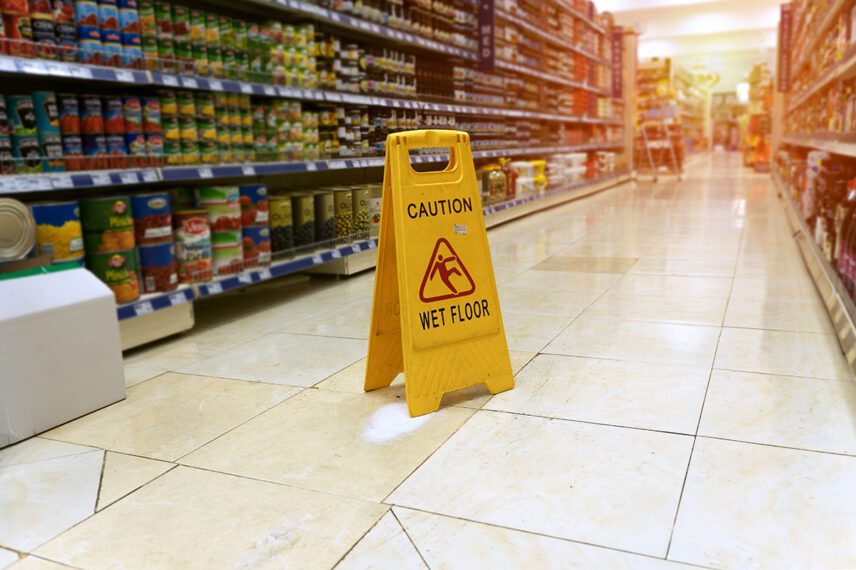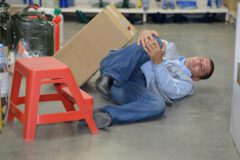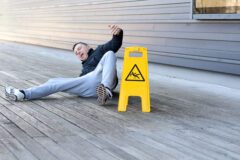What are the Most Common Types of Defective Premises?

Accidents that occur at a place of business can cause very serious injuries. These cases generally involve what’s called a defective premise. A premise (or location) is considered defective when it becomes dangerous to those in or around it. Common examples of a defective premise are flooring with cracks or holes, stairwells that are broken or do not provide handrails, and other similar hazardous environments.
If you have suffered injuries as a result of a defective premise, a premise liability lawyer can help you file a claim against the owner of the establishment for the unsafe conditions that they were responsible for.
Maybe you still aren’t sure whether the cause of your slip and fall accident resulted from a defective premise. Here are a few of the most common types of defective premises to help you understand premise liability cases.
Defective Pavement
We’ve all experienced tripping on some uneven or cracked pavement. What usually results in slight embarrassment can other times end in serious injuries. In a place of business, it is the owner’s job to ensure a safe environment, including keeping their floors free of dangerous gaps and erosion.
Have you ever walked into a store and seen a bright yellow sign that states something like “Caution Step Down” before entering? This is to protect both a customer from tripping on a sudden change in elevation and to protect the business owner from a defective premise claim. These circumstances are so common, in fact, that the CDC reported over 800,000 patients a year are hospitalized because of a fall injury and that one out of five falls causes a serious injury such as broken bones or a head injury.
Examples of deficiencies that can cause these accidents are:
- Irregularities in pavement
- Cracks in pavement
- Surfaces that begin to collect water
- Uneven pavement caused by tree roots
Defective Stairs
Stairwells have a high potential for tripping and falling and this risk increases if the stairs have a defect like broken steps. Although these hazardous conditions are preventable, each year over 1 million injuries occur as a result of stairway falls. Some of the factors that can cause a stair fall are:
- Poor or defective construction of the stairs
- Stairwells that do not have sufficient lighting
- Dangerously high stair steps
- Steps that are broken or faulty in some other way
Defective Handrails
Handrails are absolutely essential for the safety of anyone going up or down stairs or ramps. If none are provided, the injuries that result from a trip and fall can be increasingly harmful and lead to severe injuries. There are requirements in place for this very reason and all handrails should include the following:
- Handrails should be designed so that they are usable without the user needing to release their grasp.
- Handrails must be small enough to be grasped easily and have no interruptions from top to bottom.
- Any obstructions should be removed that would cause a user to release their grip resulting in a slip-and-fall accident.
Final Thoughts
There are numerous details and circumstances that could lead to a premise liability case. If you didn’t find an example of the type of defective premise you experienced, remember this is not an exhaustive list. Sit down and talk with a personal injury attorney who can answer all the questions surrounding your slip and fall accident. An experienced workers’ compensation or premise liability lawyer will ensure that you are compensated fairly for any injuries that were caused by a defective premise.






